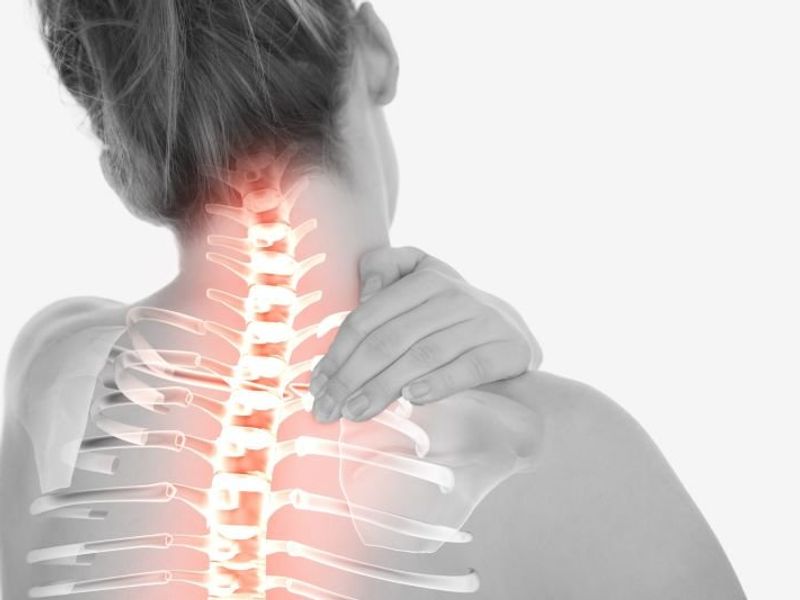Negative epidural corticosteroid injection outcomes seen for regional disturbances and overreaction
By Lori Solomon HealthDay Reporter
WEDNESDAY, Feb. 22, 2023 (HealthDay News) — Behavioral signs correlate with treatment outcome, pain, and psychiatric comorbidities in patients with cervical radiculopathy, according to a study published online Feb. 15 in Mayo Clinical Proceedings.
Steven P. Cohen, M.D., from Johns Hopkins University in Baltimore, and colleagues examined the association between cervical nonorganic pain signs and epidural corticosteroid injection outcomes, as well as coexisting pain and psychiatric conditions. The analysis included 78 patients with cervical radiculopathy. Nonorganic signs included noncorrelative tenderness (superficial and nonanatomic), sham stimulation (head pressure and passive rotation), distraction, regional disturbances (sensory and motor), and overreaction (verbal and nonverbal).
The researchers found that 29 percent of patients had no nonorganic signs, 21 percent had signs in one category, 10 percent had signs in two categories, 21 percent had signs in three categories, 10 percent had signs in four categories, and 9 percent had signs in five categories. Superficial tenderness (44 percent) was the most common nonorganic sign. In individuals with negative treatment outcomes, the mean number of positive nonorganic categories was significantly higher (2.5) versus patients with positive outcomes (1.1). The strongest associations with negative treatment outcomes were for regional disturbances and overreaction. There were positive associations observed between nonorganic signs and multiple pain and multiple psychiatric conditions.
“Cervical nonorganic signs correlate with treatment outcome, pain, and psychiatric comorbidities,” the authors write. “Screening for these signs and psychiatric symptoms may improve treatment outcomes.”
Abstract/Full Text (subscription or payment may be required)
Copyright © 2023 HealthDay. All rights reserved.








